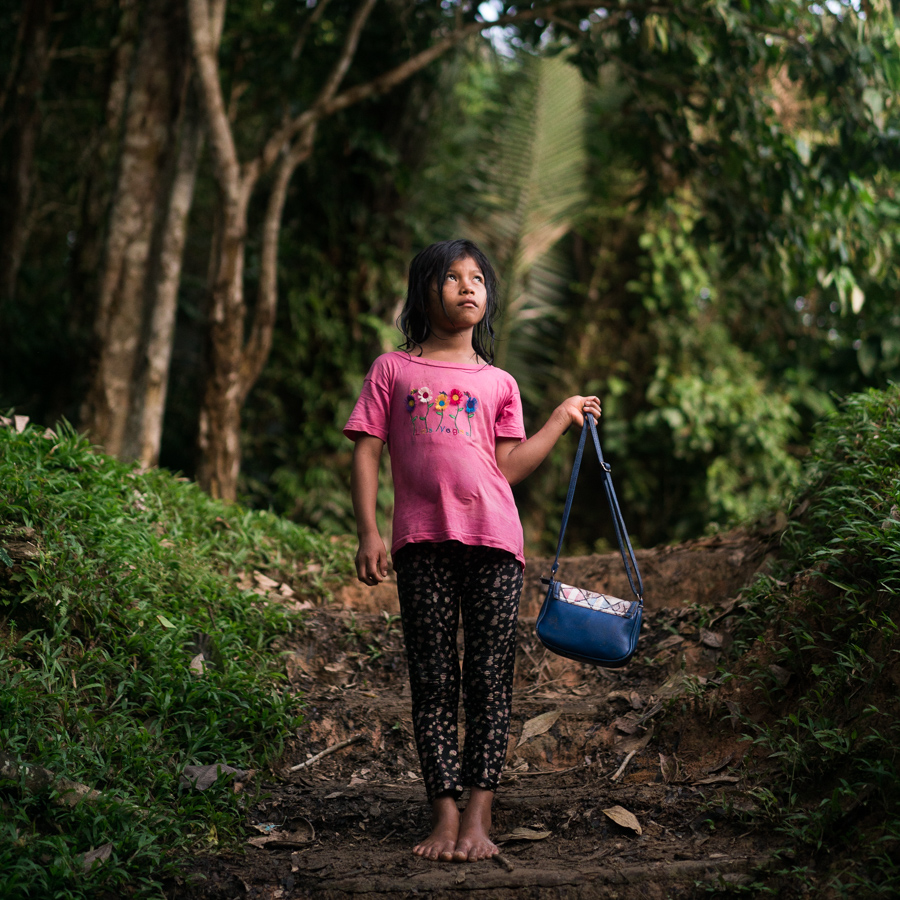
Ecuador was the first country to enshrine the rights of nature in its constitution in 2008, despite the fact that 40% of its GDP and nearly 60% of its exports come from hydrocarbons, mainly located in the Amazon.
But “exploit while preserving” seems to be the motto of this government which, in July 2018, launched a plan for a sustainable bio-economy.
In the same month, the Kichwa Indians of Sarayaku deposited the declaration of the Living Selva in Quito and requested its inscription on the intangible heritage of UNESCO. According to their cosmogony, the earth, the cosmos, human beings, animals, flora, stones, mountains and lakes form a whole. Within this whole, there are also the living beings of the forest which are invisible. This is why the forest must be protected, just like human beings.
This proposal is the fruit of a long history of resistance or struggle.
As early as 1992, these 1,200 Indians rose up to wrest their rights to the land, 135,000 hectares of primary forest. But in 1996, the government granted an oil concession to the Argentine company CGC in the territory of Sarayaku. This people of hunters, fishermen and farmers then entered into resistance. And in 2012, the Inter-American Court of Human Rights condemned the Ecuadorian state to pay them 1.4 million dollars for failure to respect the right to prior consultation in the event of oil exploitation. An unprecedented victory.
Today, the Sarayakus are dedicated to promoting Sumak Kawsay, the good life in harmony. This philosophy of life guides the community and serves as an example to the world. They also intend to offer an alternative to reduce the consequences of global warming.
A philosophy of life to be discovered in the company of Antonio Ran, responsible for the “great living path of flowers” and the botanical garden, who works with Patricia Gualinga, ambassador for the rights of nature.


